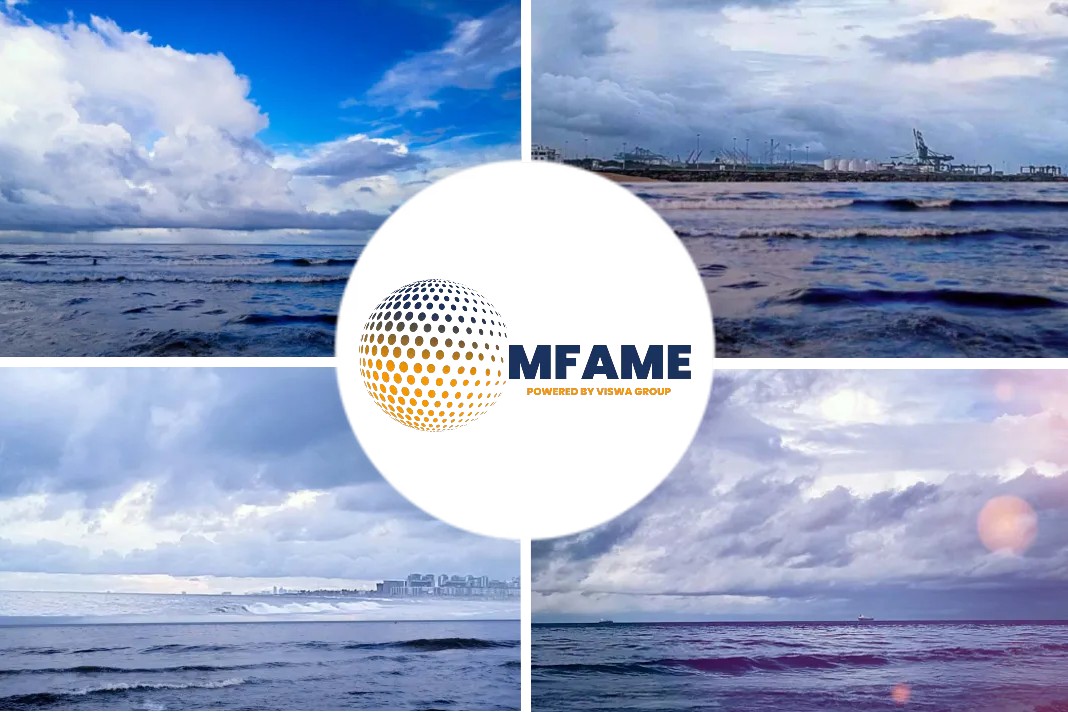Spot demand has fallen in Asia for heavy sour grades loading from the Middle East, such as Basrah Heavy, on the back of cheaper arbitrage crude making its way to the region in recent weeks and rising desulfurization costs, sources told S&P Global Commodity Insights.
Drop in spot demand
The Philippines-based refiner Petron was heard to have bought some Basrah Heavy crude via a tender it issued earlier in the month, though no further information was heard.
Apart from Petron, hardly any cargoes of the Iraqi grade were heard traded in the spot market in July, the trader with North Asian refinery said.
A possible catalyst for the drop in spot demand could be the rising cost of the desulfurization process involved in the handling of heavy sour grades, other traders said.
Rising costs of hydrogen, a key ingredient in the desulfurization process, is putting off buyers from opting for heavy sour grades for now, a trader in Singapore said.
Compared to Basrah Heavy crude, the other Iraqi grade Basrah Medium could still find some support this month amid a preference for medium sour and light sour grades, the trader in Singapore said.
The trader with the North Asian refinery said, “I would say Basrah Medium has a market [but] Basrah Heavy is difficult. Basrah Heavy doesn’t have a market [and] I’ve not heard any bids/offers.”
Regional medium sour grades such as Upper Zakum and Oman have performed far better this month with the sour crude complex strengthening in July compared to June, data from S&P Global showed.
Open arbitrage window
A narrowing Brent-Dubai Exchange of Futures for Swaps, or EFS, spread which is now allowing arbitrage barrels from the West into the region is putting further pressure on Middle East crudes this month, traders said.
The September EFS was pegged at $10.73/b at 10 am Singapore time (0200 GMT) July 27, almost 16% lower from the month’s high of $12.76/b July 5, S&P Global data showed.
The EFS is often tracked as an indicator of North Sea low sulfur crude value versus Middle East high sulfur crude, and a narrower EFS makes crude priced against Dubai less economically attractive compared to Brent-linked ones.
Heavy sour grades from the West such as those originating in Latin America are also now flowing to Asia, especially to China where buyers are eyeing a revival in demand after months of a COVID-19-induced slump, sources said.
“I think demand is a little better even for the Chinese market from what I’m seeing. For October and even September-arrival [cargoes] there is extra demand,” a trader with an oil producer said.
China has shown a marked uptick in its buying appetite after months of low demand due to COVID-19-related lockdowns.
Data from the country’s General Administration of Customs showed that its crude imports from Latin America fell 19.3% year on year to 805,000 b/d in the first half of 2022, but there is sense of optimism that the situation is likely to change, traders said.
Further aiding the arbitrage for heavy sour grades is the lower sulfur content compared to crude like Basrah Heavy, the same trader said.
Grades such as heavy sour Castilla Blend from Colombia are enjoying a “competitive advantage” due to a sulfur content of 2% against Basrah Heavy’s 4%, sources said.
This allows refiners to buy these heavy sour grades without raising their desulfurization costs, some refinery sources added.
“Basrah [Heavy] is getting the heat [as] they have 4% sulfur content. Compared to Castilla, for a Basrah Heavy barrel you can take two [barrels] of Castilla,” the trader with the producer said.
Demand for Russian crude
In India, the availability of cheap barrels of Russian crude such as medium sour Urals could have seen demand for similar grades being displaced, some traders said.
“Those [Russian] barrels are penetrating constantly [and] it’s part of the flow [to India],” a trader with a Japanese trading house said.
Apart from the regularly bought Urals crude, India has also recently started buying Russian Far East ESPO Blend crude, S&P Global reported earlier.
According to Platts cFlow ship and commodity tracking software from S&P Global and Kpler shipping data, out of the 28 ships loading from ESPO’s loading port of Kozmino in July so far, four 700,000 barrel cargoes were seen moving to India.
This compares with three ships seen destined for India from Kozmino in all of June, and none in May, the shipping data showed.
“Indians and some others get like two different prices of crude,” the same trader said. “One is the discounted [crude so] you can get a good refinery margin [and] the rest are the Middle East grades which they have to use anyway.”
Did you subscribe to our daily Newsletter?
It’s Free! Click here to Subscribe
Source: SP Global























